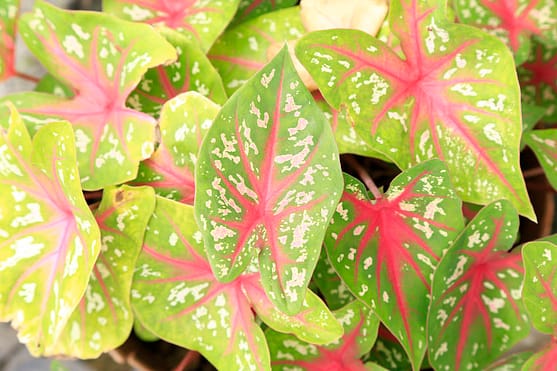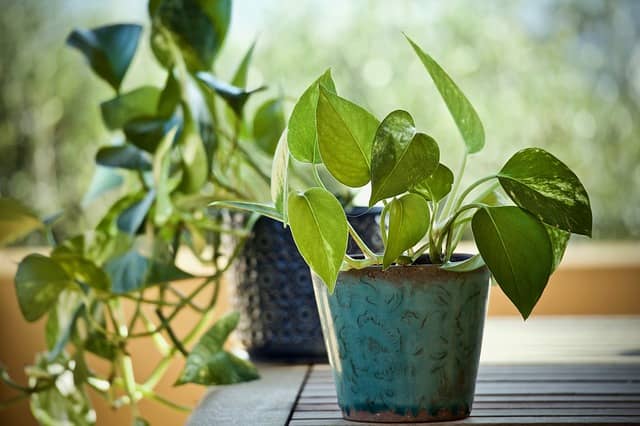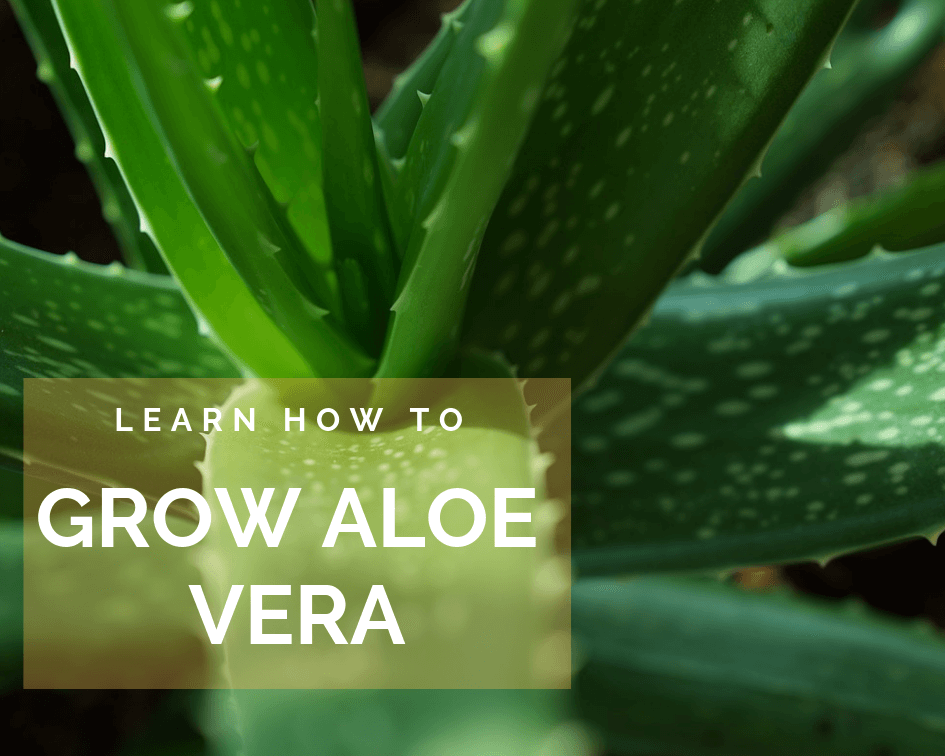This post may contain affiliate links. As an Amazon Associate we earn from qualifying purchases.
Low light houseplants? But, plants need sunshine, right?. That’s what we’ve been told from the day we had our first introduction to the process of photosynthesis back in grade school.
Our teachers were correct, of course, but there are plants–those that live under the canopy in rain forests, for instance–that thrive in the types of shady conditions present in our homes.

Arrowhead vine
The arrowhead vine (Syngonium podophyllum) looks stunning in hanging planters, which is probably the best place for it if you have a dog or cat in the home.
The plant’s foliage contains insoluble calcium oxalates which can cause irritation, pain and swelling in the mouth, tongue and lips, vomiting, excessive drooling and difficulty swallowing, according to the ASPCA.
If you don’t have to worry about a small two- or four-legged being chewing on the arrowhead vine’s leaves, it also looks amazing on a table, where the tendrils can spill over the side.
As you’ve no doubt guessed, the leaves are arrow-shaped and often variegated. It grows well in low light, but may get a bit “leggy.”
Care
Caring for the arrowhead vine is a snap: Keep the soil moist and provide humidity and warmth (at least 60 degrees Fahrenheit) in the winter.
Fertilize the arrowhead vine with a standard houseplant fertilizer (we use 3-1-2 for just about everything), at the rate on the label, only during the growing season. Reapply monthly as long as you see new growth and you’ll have a stunning low-light houseplant.
Propagation of the arrowhead vine
The arrowhead vine is so easy to propagate you can even do it in water. Use a pair of sterilized snips to cut a stem (about 3 to 5 inches in length) from the plant. Be sure the stem has at least one node (the bump on the stem from which a leaf will grow).
Place the stem in a cup of water. Don’t allow the leaves to become submerged because they’ll rot. Set the cup in bright light (not direct sunlight, though) and replenish the water as it evaporates.
Arrowhead vine trivia
You’ll see many gardening writers refer to the Arrowhead vine as “Nephthytis,” which is a different plant entirely. Yes, they are in the same family as the Syngonium (Araceae), but they hail from Africa whereas our arrowhead vine comes from Mexico and South America.
When shopping for an arrowhead plant, look carefully at any plant labeled as Nephthytis as it may very well not be an arrowhead.
The arrowhead vine is available at Amazon.com, NatureHills.com and PlantVine.com.

Pothos is an easy-care, low light houseplant
Pothos (Epipremnum aureum) is such a fun plant to grow and it comes in several varieties. In low-light conditions, however, the variegated leaf varieties will revert to solid green.
Care
If you’ve ever been to the Solomon Islands in the South Pacific, you’ll have an idea of the type of environment that produced your pothos. It is, however, surprisingly tolerant of whatever is thrown at it.
In fact, pothos will take a lot of neglect and still thrive. What it won’t take is soggy roots — they will rot. Let the soil dry out to within one inch of the surface between waterings.
Fertilize the pothos once a month with a half-strength dilution of any houseplant fertilizer.
Although pothos does well in low-light conditions, given more light, it will grow faster and the leaves will be larger.
If you notice that your pothos isn’t growing as vigorously as it once was and you need to water more frequently, it may be time to move it to a larger pot. Wait until spring and use a pot that is one size larger. You can use a standard houseplant potting mix or a soilless mix.
Propagation
When the vines get long, pinch them off, remove the lower leaves and place the end in a glass of water. You’ll have new pothos plants in a few weeks. It really is that easy.
Pothos trivia
Treat your pothos to an occasional lukewarm shower to cleanse the leaves. This helps prevent mites and mealybugs.
Toxicity
Pothos is toxic if ingested by dogs and cats. Visit the ASPCA online for details.
Available at Amazon.com,PlantVine.com and MyPerfectPlants.com.
Polka dot plant
The leaves of the polka dot plant are what attracts its fans; they are usually predominantly pink with white or green splotches.
Although sunlight will increase the color of the foliage, it does tolerate somewhat shady conditions. For best results, keep the polka dot plant within three to four feet of a window.
Care
Keep the soil consistently moist; if the polka dot plant wilts, it’s time to water. Although plants grown in low-light conditions require less humidity, the polka dot plant still requires a substantial amount.
Remember those lazy gardening writers we referred to earlier? They will happily instruct you to “mist your plant frequently.” In reality, occasionally squirting your plant with water from a spray bottle does next to nothing to supply it with the needed humidity level.
In fact, you would need to sit next to the plant and squirt it every few minutes, 24 hours a day, for the technique to be effective.
There are ways to provide more humidity for the polka dot plant. These include placing it on a humidity tray, place a humidifier in the room, group other plants around it or try the two-pot method, which you can learn about here.
Propagation
Propagating the polka dot plant is a lot easier than you may think. Take 4-inch cuttings from the tips, remove all the leaves with the exception of those on the top one-fourth of the cutting.
Stick the cuttings into a pot filled with cactus mix and don’t allow the mix to dry out during the rooting period.
The polka dot plant cuttings should root within 4 weeks, at which point you can transplant them into their own pots, filled with potting soil. Continue to keep the mix moist and give the plants filtered sunlight.
Polka dot plant trivia
As you cruise around the internet in search of information on how to grow your new polka dot plant you will most likely meet with confusion.
The reason for this is that the genus, Hypoestes, contains more than 150 species. You’ll see the popular houseplant referred to as either H. sanguinolenta or H. phyllostachya. They are the same plant; one name is a synonym for the other.
Toxicity
The polka dot plant is nontoxic to dogs and cats, according to the ASPCA. Ingestion may induce mild vomiting and diarrhea, however.
Available at Amazon.com
Peace lily
The peace lily (Spathiphyllum spp.) is best known for it’s ability to sit in a dark corner of the home and not only thrive but produce gorgeous flowers as well.
Sure, they do better with a bit of light, but you’ll be happy with the stunning, deep-green foliage this popular houseplant maintains even in low light conditions.
Care
This plant is one of the few you can “set and forget,” requiring little care. Although the soil should remain moist, it won’t die if you allow it to dry out between waterings.
Like most houseplants, you may want to give the peace lily a shower now and then to remove the dust that gathers on the foliage.
Apply a dose of houseplant fertilizer in spring when you notice the peace lily producing new growth and then reapply, at half the strength recommended on the label, once a month while it’s actively growing.
If the plant’s leaves develop brown tips or spots, consider diluting the fertilizer to one-fourth the recommended strength.
Propagate the peace lily
The easiest way to propagate a peace lily is by division. Remove the plant from the pot and, using a sharp gardening knife (whatever you do, get yourself a Hori Hori knife, available at Amazon.com), cut the rootball from the top to the bottom, ensuring that both halves contain roots. Pot up both, in containers filled with moist potting soil.
Peace lilies can also be propagated from seed. Learn how, here.
Peace lily trivia
Since it is a member of the Spathiphyllum genus, and not the Lilium genus, the peace lily is not a true lily.
Toxicity
The peace lily is toxic if ingested by dogs and cats. Get details at the ASPCA website.
Available at Amazon.com
Learn how to deal with peace lily fungus.
If you suspect your child may have ingested a potentially toxic substance, call the Poison Control Center immediately at 1-800-222-1222
If you suspect your pet may have ingested a potentially toxic substance, call the APCC at (888) 426-4435 (a fee may apply) or contact your veterinarian or emergency veterinary hospital as soon as possible.





